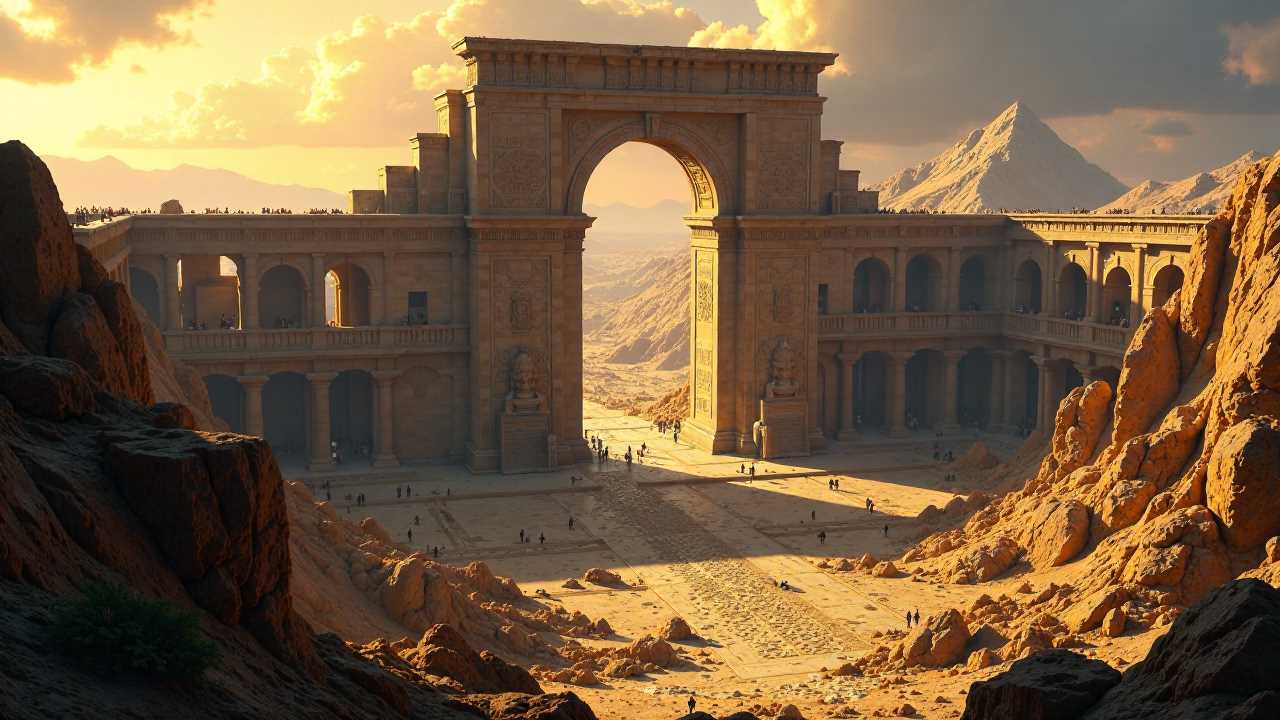
Virtual archaeology digs represent a revolutionary approach to exploring and understanding our historical heritage. By leveraging advanced technologies such as digital excavation and 3D modeling, archaeologists can now recreate ancient sites and artifacts with unprecedented accuracy. This innovative methodology not only enhances our comprehension of past civilizations but also makes the study of archaeology more accessible to a broader audience.
The Role of Digital Excavation in Archaeology
Digital excavation is at the forefront of virtual archaeology, allowing researchers to conduct detailed analyses of archaeological sites without the need for physical disruption. This technique employs sophisticated software to create digital replicas of excavation sites, enabling archaeologists to manipulate and examine data in real-time. By utilizing remote sensing technologies, such as LiDAR and ground-penetrating radar, researchers can identify potential excavation sites and gather critical information about subsurface structures, all while preserving the integrity of the site.
3D Modeling: Bringing History to Life
3D modeling plays a crucial role in the visualization of archaeological findings. By transforming raw data into interactive 3D models, archaeologists can create lifelike representations of artifacts and sites. These models not only serve as valuable tools for research but also provide an immersive experience for the public. Visitors to museums or virtual exhibits can engage with history in a way that traditional displays cannot offer, fostering a deeper appreciation for our shared heritage.
Historical Simulation: Understanding the Past
Historical simulation is another significant aspect of virtual archaeology digs. By integrating various technologies, researchers can simulate ancient environments and scenarios, allowing for a comprehensive understanding of how past societies functioned. This approach enables archaeologists to test hypotheses about social structures, trade routes, and daily life in ancient cultures, providing insights that would be difficult to achieve through traditional excavation methods alone.
Archaeological Visualization: A New Perspective
Archaeological visualization combines data from various sources to create detailed representations of historical sites. This technique not only aids in the documentation of findings but also enhances the storytelling aspect of archaeology. By visualizing the spatial relationships between artifacts and structures, researchers can convey complex narratives about past human behavior and interactions, making the study of archaeology more engaging and informative.
Immersive Experience: Engaging the Public
The immersive experience offered by virtual archaeology digs is transforming the way the public interacts with history. Through virtual reality (VR) and augmented reality (AR), individuals can step into ancient worlds, experiencing them as if they were there. This level of engagement not only captivates audiences but also educates them about the importance of preserving our archaeological heritage. By making history accessible and interactive, virtual archaeology fosters a greater appreciation for the past.
Conclusion: The Future of Archaeology
As technology continues to advance, the potential for virtual archaeology digs will only expand. The integration of digital excavation, 3D modeling, historical simulation, and immersive experiences will redefine our understanding of history and archaeology. By embracing these innovative approaches, we can ensure that the stories of our ancestors are preserved and shared with future generations, enriching our collective knowledge and appreciation of the past.
 Family Craft ProjectsHome ImprovementCooking and BakingReuse and RecycleDIY GiftsEco-Friendly ProjectsDIY Home SolutionsSeasonal ActivitiesFun and GamesLearn TogetherPrivacy PolicyTerms And Conditions
Family Craft ProjectsHome ImprovementCooking and BakingReuse and RecycleDIY GiftsEco-Friendly ProjectsDIY Home SolutionsSeasonal ActivitiesFun and GamesLearn TogetherPrivacy PolicyTerms And Conditions
